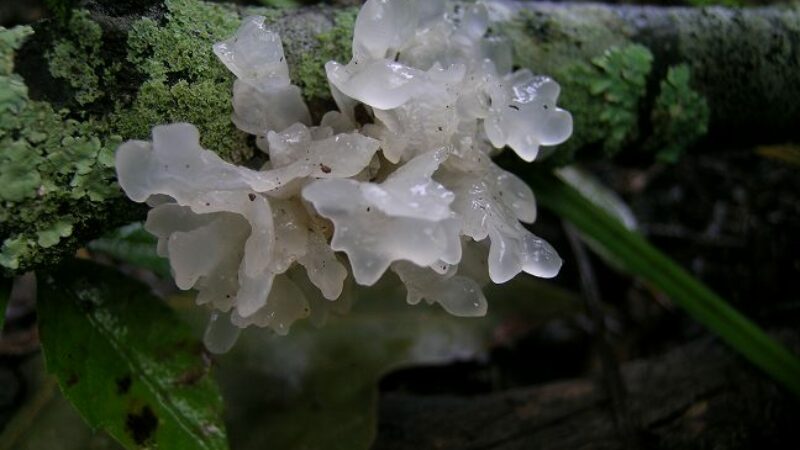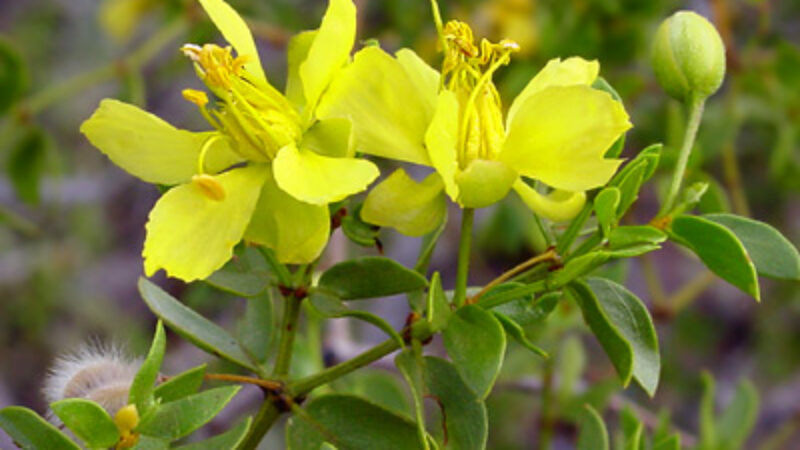The idea of being “green” and “eco-chic” has certainly been a part of mainstream consumer society for many years, influencing the food, clothes and cars we buy. The desire to be “green” has also significantly extended to our choice of beauty products, from the creams we put on our faces to the mascaras that go on our lashes.
When we choose “green” products it may mean different things to different people, including:
- Environmentally friendly
- Cruelty-free (not tested on animals)
- Organic
- Chemical-free
- All natural
- Socially beneficial (supporting local or international charities; fair trade)
- Sustainable principals
- Local
Reading labels and ingredient lists can help us determine if we are buying products that fit our idea of what “going green” actually means, but when some of those terms carry very loose definitions, it makes it more difficult to do the right thing.
The two main terms that lead us to believe the product is “green” appear to be “natural” and “organic” but what do they actually mean?
- Natural: In our minds, natural is synonymous with botanical or plant based, but in reality, there is currently no legal definition of “natural” when it comes to labelling of beauty products in Canada or the United States. The term “natural” on a label has no quantitative meaning, so the contents could be formulated with 100% ingredients sourced from the land or sea, or zero %. In most cases, the word “natural” is simply for marketing purposes.
- Organic: Although food can be certified organic and must meet specific, well-established criteria in order to bear either the USDA certified or Canada Organic logos, beauty and personal care products still have a ways to go in developing universal standards and guidelines. Like the term “natural”, there are currently no governmental rules regarding the use of the word “organic” on beauty product labels.
However, some cosmetic and skin care companies are seeking recognized designation from organizations such as EcoCert, a French company with a branch in Canada, which has established standards for natural and organic cosmetics. In Europe, the UK’s Soil Association and Germany’s BDHI both test and certify organic cosmetics. In the US, it is possible to see USDA certified logos on personal care products but only if each step of production has in turn been USDA certified, from the growing of the ingredients to the processing and final manufacturing of the product – very stringent requirements.
Until more globally uniform standards are established for cosmetics, the final decision as to what “green” means is ultimately up to the individual. Perhaps the best approach is the same one that you would use for buying food:
- Look high quality, naturally grown ingredients (aka free of harmful pesticides and herbicides)
- Familiarize yourself with the names of ingredients that you want to avoid
- Read labels scrupulously
- Get to know the company behind the product and determine if their values correspond to yours
So can “green” be defined? Maybe not yet, but the day is coming.




